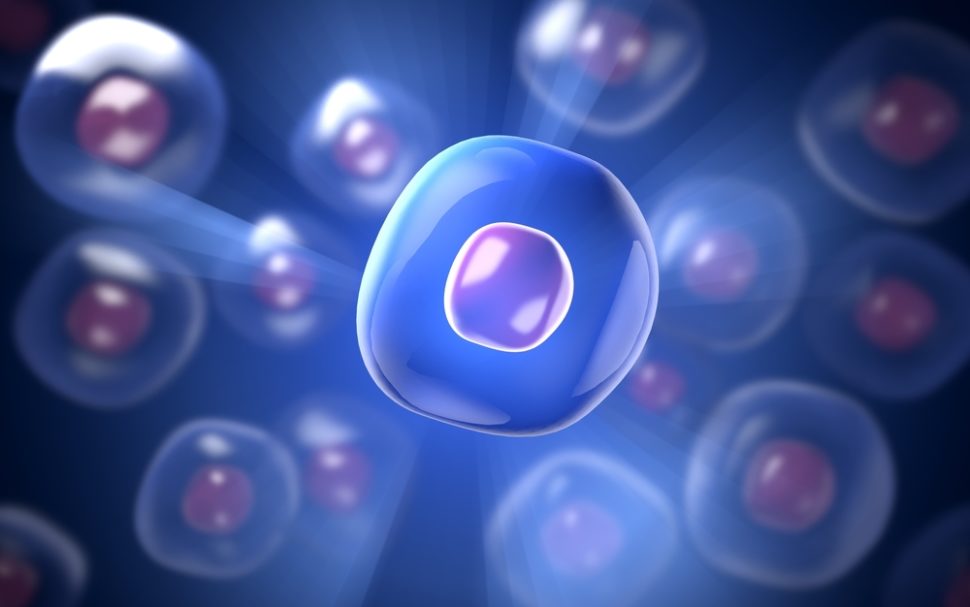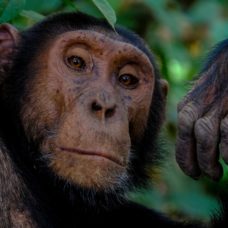Scientists can’t settle the debate about the origin of life, whether it originated here on Earth or came from outer space. And, that also includes how and when it all began.
Abiogenesis is a proposed process explaining the evolution of life, beginning with how it sprouted on Earth from non-living matter billions of years ago. In any case, more and more evidence suggests that life’s simplest forms, microbes, played a vital role in the origination of life.
However, whether these life-giving organisms came to exist locally or have reached Earth aboard comets, there’s one crucial question about evolutionary history that still puzzles scientists.
How can all these innumerable life forms vary significantly in complexity, running the gamut from living single cells to humans?
Perhaps the answer lies right there, at the beginning of life spectrum with life’s purest form, or one specific single-celled organism.
Complex Life Could Have Started With This Single-Celled Organism
After 12 years, researchers in Japan finally found a single-celled marine organism that could explain how complex life evolved.
“This is a monumental paper that reflects a tremendous amount of work and perseverance,” says Thijs Ettema, an evolutionary microbiologist at Wageningen University in the Netherlands. “It’s a major step forward in understanding this important lineage.”
Found off the coast of Japan, this microbe lives in the mud on the seabed of the deep sea. The researchers called it Lokiarchaea, named after Loki, the god of mischief in Norse mythology and one of Marvel Comics’ popular anti-hero.
Lokiarchaea was first discovered in 2010. It was spotted in sediments near hydrothermal vents called Loki’s Castle in the mid-Atlantic Ocean, off the coast of Greenland.
Then in 2015, Ettema’s team extracted and sequenced genetic fragments from the microbe populations they found hiding in the mud and established fuller genomes of individual species.
As other “Loki-like” archaea were found, researchers gathered them under the umbrella name “Asgard archaea.” While Asgards’ precise location on the evolutionary map is still contentious, increasing evidence links them to eukaryotes.
If the researchers are right, this microbe may be the missing link between simple single-celled life forms and complex life forms like animals or humans.
It may be this type of microbial life that kicked off the evolution process and gave rise to the more sophisticated eukaryotes, the group that includes plants, animals, and us.
Humans, or Homo sapiens, appeared only between 200,000 and 320,000 years ago, which is like 6 seconds if Earth’s 4.5 billion years of existence is considered as 24 hours. For most of the prior billions of years, the only living organisms were microorganisms like Asgard archaea.
Some experts suggest that eukaryotes’ emergence was a lucky break. Something that wasn’t supposed to happen but happened anyway. Others don’t exclude the possibility that this process occurred more than once.
But, what scientists like Ettema are sure about is that “all the eukaryotes we see today, they all have a single origin. We know this from DNA analysis.”



















Comments (0)
Most Recent